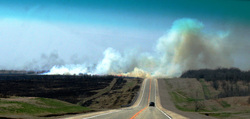
One of the big attractions of spring is the greening of the grass, trees and shrubs, and the blooming of those first spring flowers that brave the elements to show us their bright colors of hope. The landscape transforms from the dull grays and browns of winter to the energetic colors of spring and summer. But do we realize that those colors are more vibrant if we prune, remove the thatch and dead leaves that accumulate from the residual effects of autumn, and get rid of the things that delay growth? Those very things that protected the plants from the harsh winter temperatures are also the things that keep the growth from coming to the surface in the spring.
In our own lives, we often do those spring cleaning things around the house - remove clothes we no longer wear; clean the windows of the film accumulated from the furnace that kept us warm; and uncover all the items that we prepared for winter for use in the spring and summer. Maybe we look at the bad habits we have and remove one or more of them. Perhaps we get off the couch, get outside, and get active; or vow to remove the soda from our lives and replace it with life-giving water.
At school or work, spring is a time to review our policies and practices that provide the expectations or parameters of our work. Are they effective? What could we revise or consolidate? What new strategy will we implement and in exchange, what will we stop doing so we don't overload ourselves for this new idea? What "controlled burn" will we undertake in order to emerge transformed with new growth that results in real progress?
We all stand aghast as forest fires rage each year - an uncontrolled burn if you will - but marvel at the new life that emerges from those horrific events. Park Rangers tell us that lightning strikes that begin many of these fires are nature's way of renewing the forest to sustain it for the future. Do we look long term like this when we make changes - bringing in the new "thing" to replace the old? When I buy a new outfit or a pair of shoes, I think about all the places where I could wear the item or what else it goes with in my closet. I am looking beyond the fact that I like this outfit or pair of shoes. But my closet is not big enough for every item of clothing I ever bought, so I must take something out when I get something new. We must be like the Park Rangers or the burners of the prairie and see how this will impact the future and ultimately the big picture.
Out of control burns are dangerous and may burn things we didn't intend to be destroyed, so burning or purging must be done with care. We don't randomly reach in the closet and pull out just any piece of clothing to send to Goodwill. In fact we think about how that will impact future outfits (or at least I do!). When raking the dead leaves from the perennial flower beds we take care not to dig up the new sprouts peeking through the ground. We must purge with intent so that our work fulfills our purpose or goals for the future. To that end we must have a vision for what we want things to look like. That vision then results in the need for controlled burns from time to time so that new growth can emerge.
As I look at the Kansas Legislature this year and some of the members who continually want to pass legislation that essentially is an assault on public education, I'm thinking a controlled burn (purge) might be beneficial there too come election time. But I digress. That probably should be another blog. But the idea of a controlled burn in all aspects of our lives has its merits. What can we remove in order to renew? Let the practices of the prairie inspire your thinking as you look to remove some of the dead grass in your life that may be keeping you from the green that you seek.
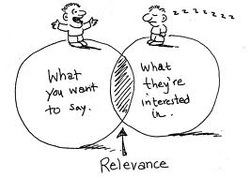
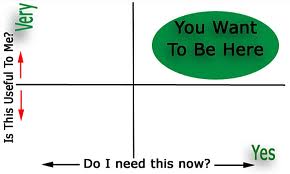
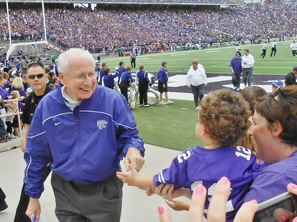
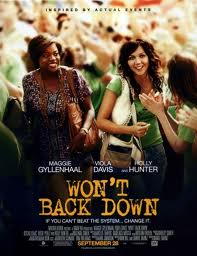
 RSS Feed
RSS Feed